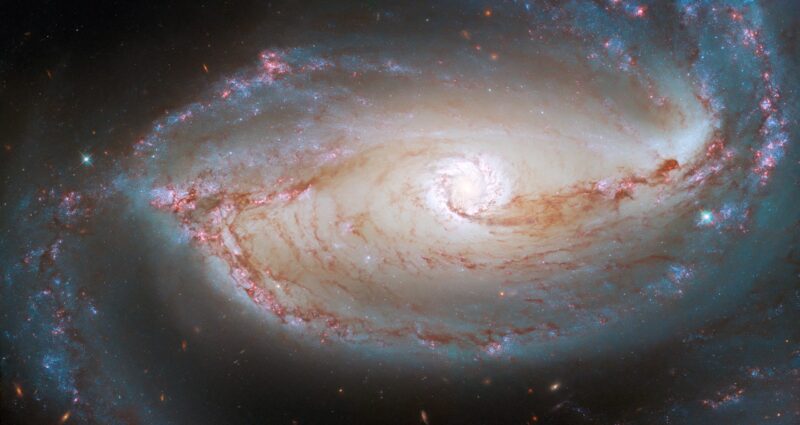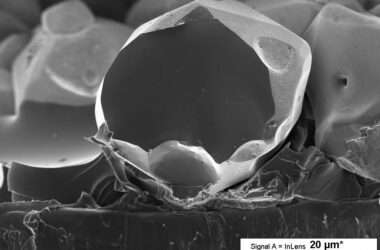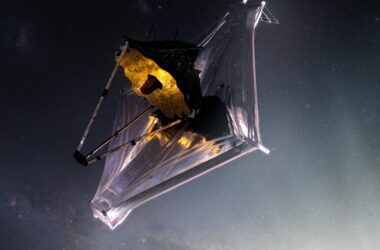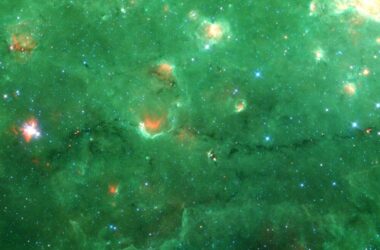
Image du télescope spatial Hubble de NGC 1097, une galaxie spirale barrée située à environ 48 millions d’années-lumière de la Terre, dans la constellation de Fornax. Crédit : ESA/Hubble & ; NASA, D. Sand, K. Sheth
Cette image finement détaillée montre le cœur de NGC 1097, une galaxie spirale barrée qui se trouve à environ 48 millions d’années-lumière de la Terre dans la constellation de Fornax. Cette image révèle la complexité de la toile d’étoiles et de poussières au centre de NGC 1097, avec les longues vrilles de poussières mises en évidence dans une teinte rouge foncé. La mesure dans laquelle la structure de la galaxie est révélée est due à deux instruments sur le ;” data-gt-translate-attributes=”[{” attribute=””>NASA/ESA Hubble Space Telescope: the Wide Field Camera 3 (WFC3) and the Advanced Camera for Surveys (ACS).
The idea that a single image can be taken using two different cameras is not very intuitive. However, it makes far more sense after delving into how beautiful astronomical images like this one are composed. A helpful starting point is to consider what color is, exactly. Our eyes can detect light waves at optical wavelengths between roughly 380 and 750 nanometres, using three types of receptors, each of which is sensitive to just a slice of that range. Our brain interprets these specific wavelengths as colors. By contrast, a telescope camera like the WFC3 or ACS is sensitive to a single, broad range of wavelengths to maximize the amount of light collected. Raw images from telescopes are always in greyscale, only showing the amount of the light captured across all those wavelengths.
Colour images from telescopes are indirectly possible, however, with the help of filters. By sliding a filter over the aperture of an instrument like the WFC3 or ACS, only light from a very specific wavelength range is let through — one such filter used in this image is for green light around 555 nanometres. This yields a greyscale image showing only the amount of light with that wavelength. This multicolor image of NGC 1097 is composed of images using seven different filters in total.



